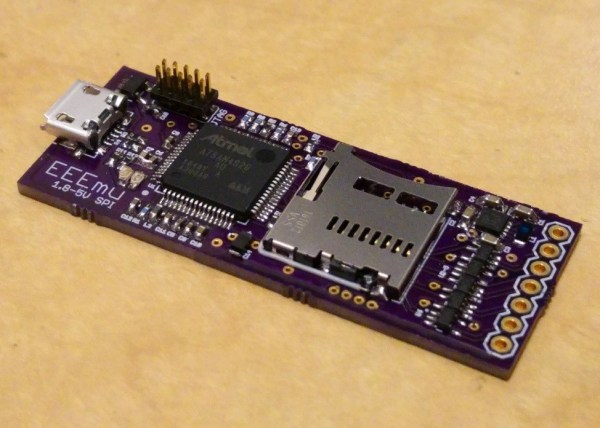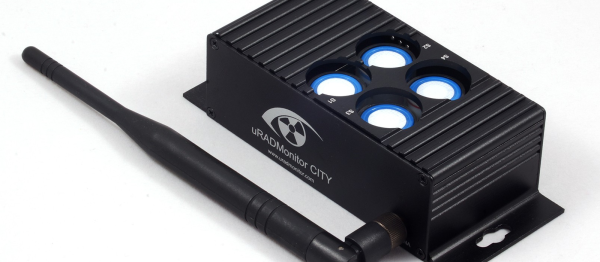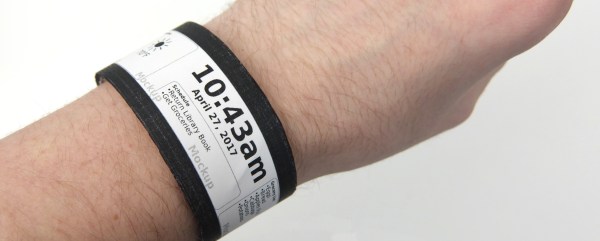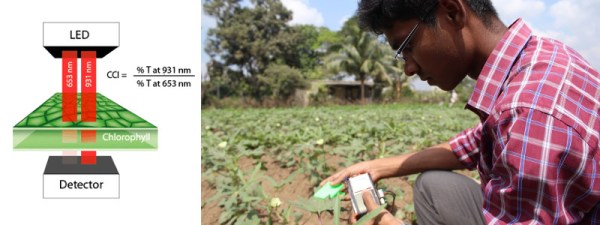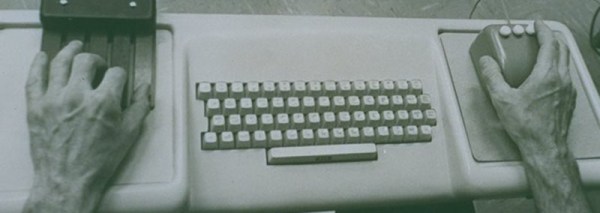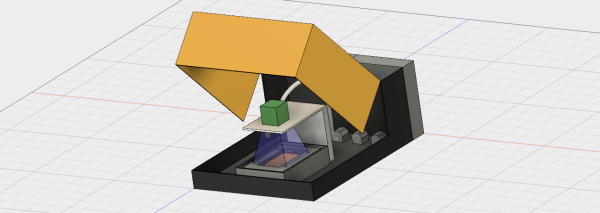For this year’s Hackaday Prize, we’re giving everyone the opportunity to be a hardware startup. This is the Best Product portion of the Hackaday Prize, a contest that will award $30,000 and a residency in our Design Lab to the best hardware project that is also a product.
Imagine all the memory chips in all the landfills in the world. What if we could easily recover those hosed motherboards and swap out ROM files on malware-damaged chips. That’s the promise of [Blecky]’s EEPROM/Flash Emulator project on Hackaday.io. This project seeks to be the ultimate memory interface, emulating SPI-interface EEPROM or Flash memory chipsets with ease. It can also be used as a security device, checking the BIOS for untoward changes.
The EEEmu packs an Atmel SAM4S Cortex-M4 processor-based microcontroller, an SD card reader, a micro USB for reprogramming, boost converter, voltage regulator, and includes additional 3.3V GPIO/I2C ports, all on a wee 51.5x20mm circuit board. Version 2 is slated to include more features to facilitate use as a normal micro controller: more GPIO pins, USB voltage monitoring, and high-Z control for SPI output.
EEEmu is completely open source, with [Blecky] sharing his code on GitHub and even has created an EEEmu Fritzing part, also found in his repository.

